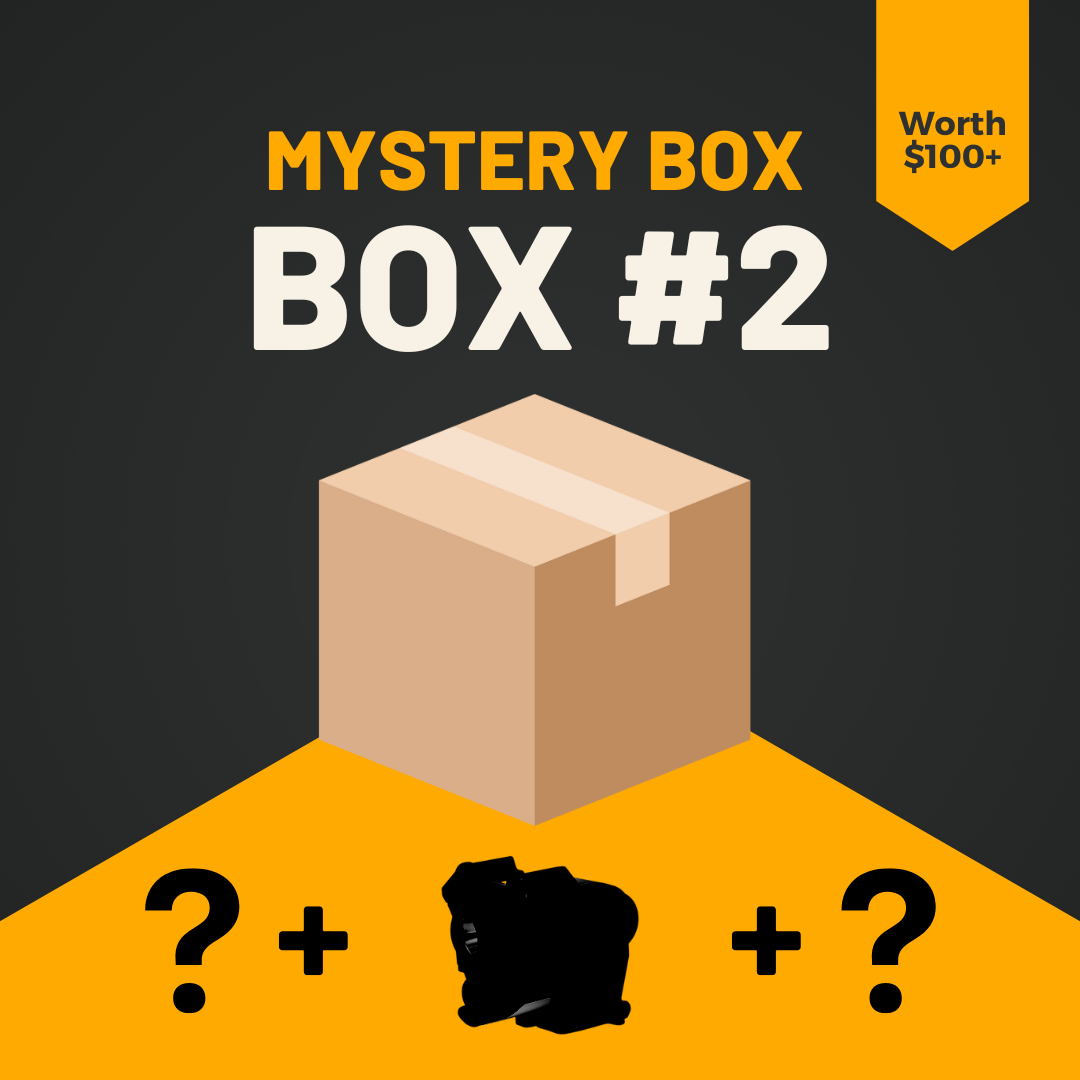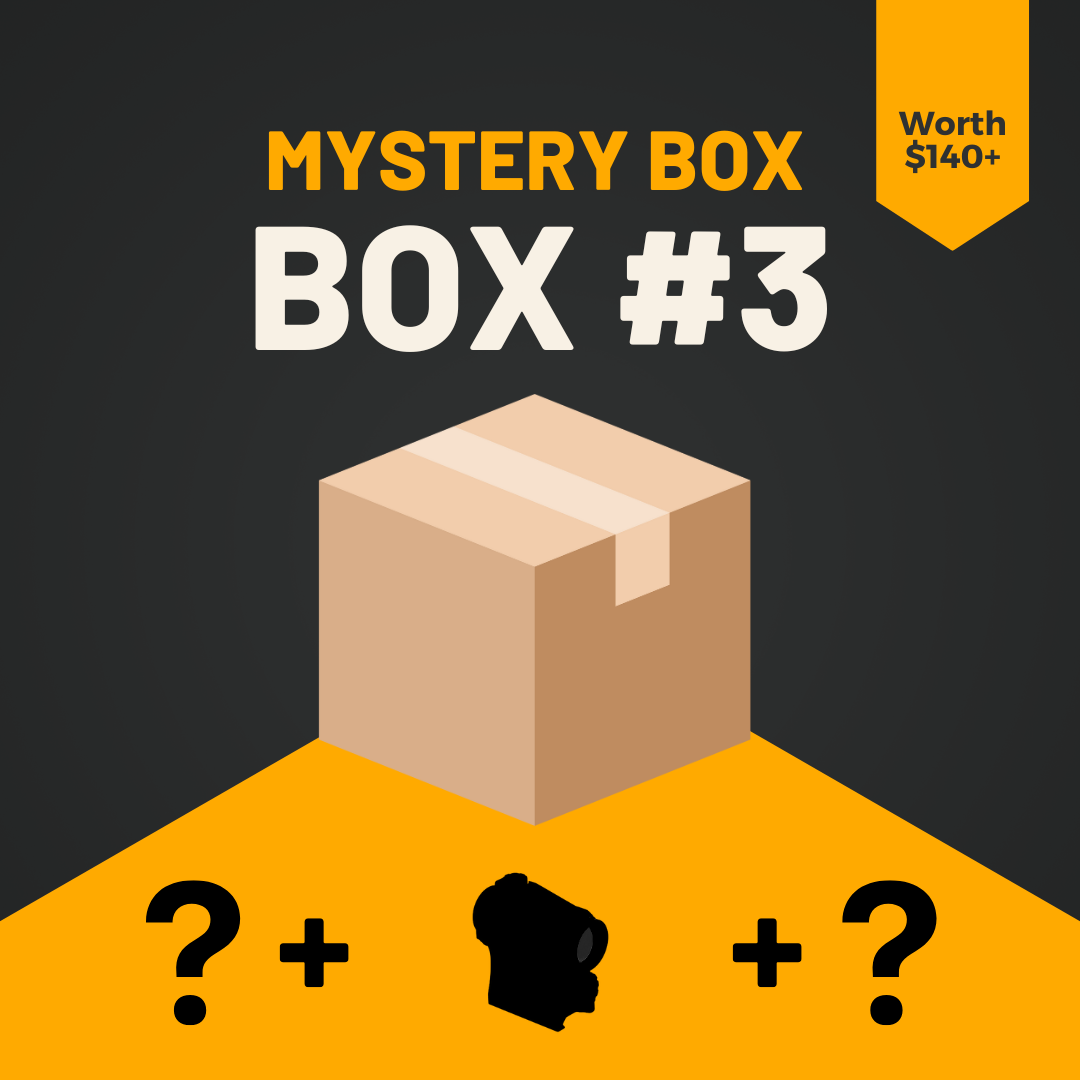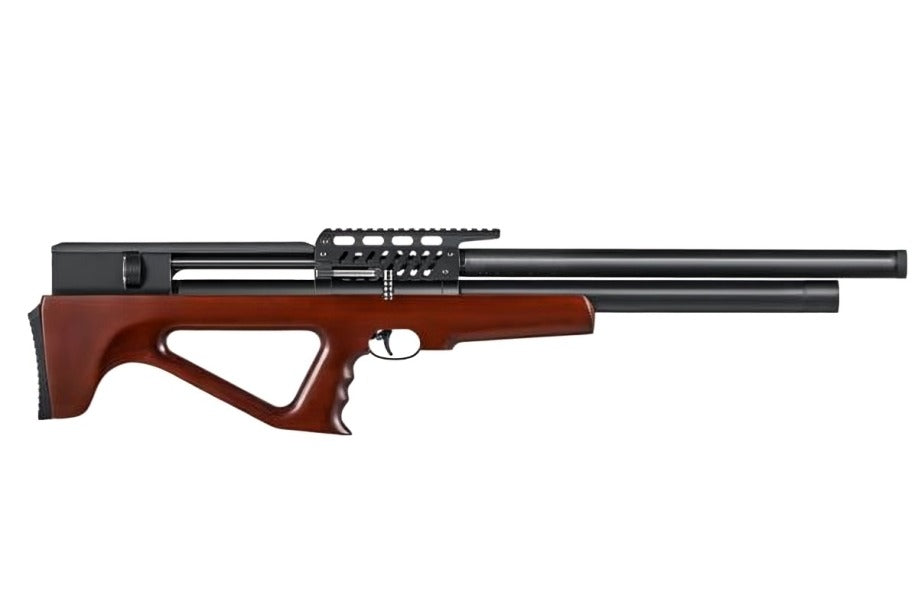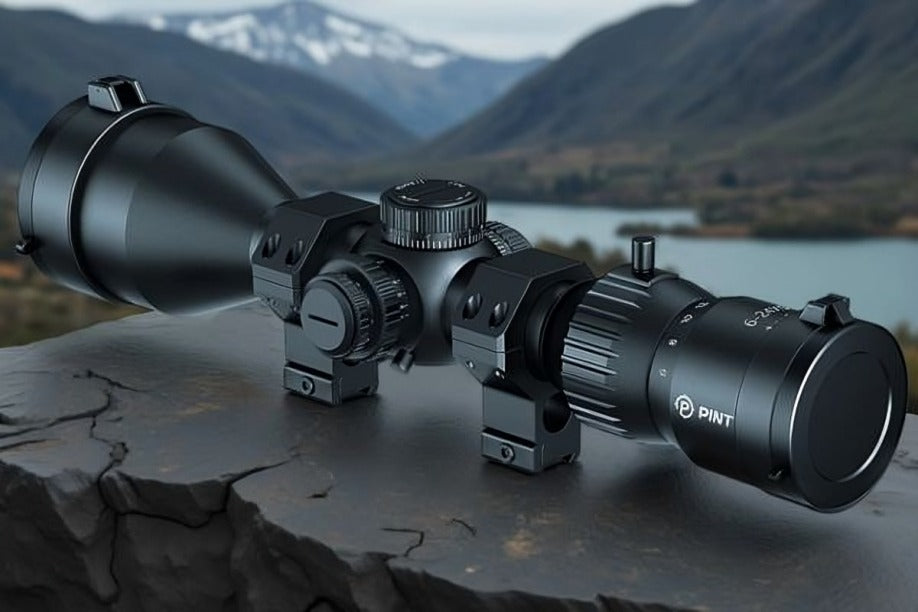When it comes to long-range scopes, one of the most debated specs is the objective lens size, especially between 40mm and 50mm. The size of that front lens does more than just make your scope look bigger. It determines how much light enters the optic, affecting brightness, clarity, and even how your rifle handles.
For long-range shooters, understanding the difference between 40mm and 50mm objective lenses is key to choosing the right scope for your environment and style of shooting.
Why Objective Lens Size Matters
The objective lens is what gathers light for your scope. The larger it is, the more light it can collect - and the brighter your image will appear, especially in low-light situations like dawn or dusk.
However, a bigger lens doesn’t always mean better performance. It can change your rifle’s balance, affect mounting height, and even impact how you achieve a proper cheek weld. So, how do 40mm and 50mm objective lenses stack up for long-range shooting? Let’s break it down.

40mm Objective Lenses
A 40mm objective lens is considered a versatile, all-rounder option. Scopes in this range are often found on 3–9x, 4–12x, or 2.5–10x variable magnification optics- a sweet spot for many hunting and mid-range precision setups.
40mm Objective Lenses: Performance and Applications
A 40mm lens gathers a moderate amount of light, which is plenty for most shooting done during daylight hours. It produces a crisp image with less weight and bulk, making it ideal for shooters who move often or prefer a lighter setup.
In long-range applications, a 40mm objective lens still performs well up to moderate distances (say, 500–600 yards) when paired with quality glass and coatings. You might notice it struggles a bit at extreme distances or in poor lighting, but it’s more than capable for most hunters and practical marksmen.
Where a 40mm Objective Lens Shines
- Perfect for daylight shooting and mid-range engagements.
- Keeps scope mounting lower, maintaining a more natural cheek weld.
- Lightweight and compact, which helps balance the rifle better.
-
Often found on scopes that are more affordable and versatile.
Where 40mm Objective Lens Falls Short
- Slightly dimmer image in low-light or twilight conditions.
- May not fully utilize higher magnifications beyond 12x–14x.
- Less effective for extreme long-range (800+ yards) precision.
50mm Objective Lenses
A 50mm objective lens is a popular choice for shooters who demand more light transmission and higher magnification.
You’ll typically find it on scopes in the 4–16x, 5–25x, or 6–24x range- the kind used for precision long-range shooting, tactical applications, or hunting in low light.
50 mm Objective Lenses: Performance and Applications
The extra 10mm in lens diameter might not sound like much, but it allows roughly 55% more light to enter the scope compared to a 40mm lens.
That translates to a brighter, clearer sight picture, particularly in early morning or late evening shooting sessions - times when lighting is often less than ideal.
For long-range scenarios, the 50mm lens helps you spot targets and details at greater distances. It also gives a bit more flexibility in high magnifications, maintaining image brightness even at 20x or higher.
Where a 50mm Objective Lens Shines
- Excellent for long-range precision (700–1000+ yards).
- Superior in low-light conditions such as dawn, dusk, or shaded terrain.
- Provides a larger exit pupil at high magnification, meaning easier eye alignment.
- Ideal for static or benchrest shooters who prioritize visibility and accuracy over mobility.
Where 50mm Objective Lenses Fall Short
- Slightly heavier and bulkier, affecting rifle balance.
- Requires higher mounting rings, which may alter your cheek weld.
- It can be overkill for shorter-range or daytime-only shooting.
- Usually costs more and may need a larger rifle case.
40mm vs 50mm Objective Lens Comparison
| Feature | 40mm Objective Lens | 50mm Objective Lens |
| Light Transmission | Good, bright enough for daylight | Excellent, superior in low light |
| Magnification Range | Typically 3–9x, 4–12x | Typically 4–16x, 5–25x |
| Image Brightness (High Power) | Dims slightly at higher magnifications | Stays bright even at higher magnifications |
| Size & Weight | Compact and lightweight | Larger and heavier |
| Mounting Height | Lower mounts, better cheek weld | Higher mounts required |
| Best Use Case | Hunting, mid-range shooting, daytime use | Long-range precision, low-light hunting |
| Price Range | Generally more affordable | Typically more expensive |
| Portability | Easier to carry for field use | Better suited for stationary shooting |
| Rifle Balance | Excellent balance, easy handling | Can make the front end heavier |
40mm vs 50mm: Which Should You Choose?
If you’re primarily shooting in bright daylight or hunting at moderate distances, a 40mm scope is likely all you need. It’s lighter, easier to mount, and won’t throw off your rifle’s balance.
But if your focus is long-range precision or you often shoot in low-light conditions, a 50mm scope will give you the edge in image clarity and brightness. Just remember- it comes at the cost of extra size, weight, and potentially a higher mount.
In short:
- Go 40mm if you want balance, mobility, and simplicity.
- Go 50mm if you want every ounce of clarity and reach for serious long-range work.
Pinty 40mm vs 50mm Hunting Scopes
1. Pinty 40 mm Hunting Scopes
| 2.5-10x40mm Mil-dot Rifle Scope, Red and Green Illumination, Red Laser |
| 3-9x40 Rifle Scope Crosshair Reticle Compact Tactical Hunting Scope |
| 3-9x40 Rifle Scope, Red Green Illuminated Reticle Tactical Hunting Scope with Multicoated Lens and Scope Mount Rings |
| 3-9x40 Rifle Scope, Tactical Hunting Scope with Multicoated Blue Lens & Scope Mount Rings |
| Quick-view product entries that are titled 3-9x40 (multiple SKUs/variants listed) |
2. Pinty 50mm Hunting Scopes
| 3-in-1 Rifle Scope Combo, 4-12x50mm Rangefinder Scope, Red&Green Reflex Sight, Green Laser |
| 4-in-1 Rifle Scope Combo, 4-16×50mm Rangefinder Scope, Green Laser, Red & Green Dot Sight, 14 Slot Riser |
| 4-in-1 4-16x50 EG Riflescope Kit, Dot Laser, Reflex Sight, Green Laser, Offset Rail Mount |
| PINTY 6-24x50 FFP Tactical Hunting Scope Zero-Stop Scope Rings Red Green Reticle |
| 3-in-1 Rifle Scope Combo, 4-12×50mm Rangefinder Scope, Red Laser, Red&Green Dot Sight |
Final Thoughts
At the end of the day, both 40mm and 50mm objective lenses have their place in long-range shooting. The key is to match your scope to how and where you shoot most often.
- If you’re the kind of shooter who values a light, well-balanced rifle and spends most of your time shooting during the day, a 40mm lens will serve you well without compromise.
- But if you’re serious about stretching your range, dialing in shots at twilight, or just want the brightest image possible, the 50mm lens is worth the extra weight and cost.
Not to be cliché, but there’s no wrong choice- just the right one for your shooting style. Understanding how objective lens size affects performance helps you make that decision with confidence, and ultimately, shoot better wherever your targets take you.








